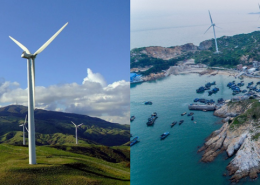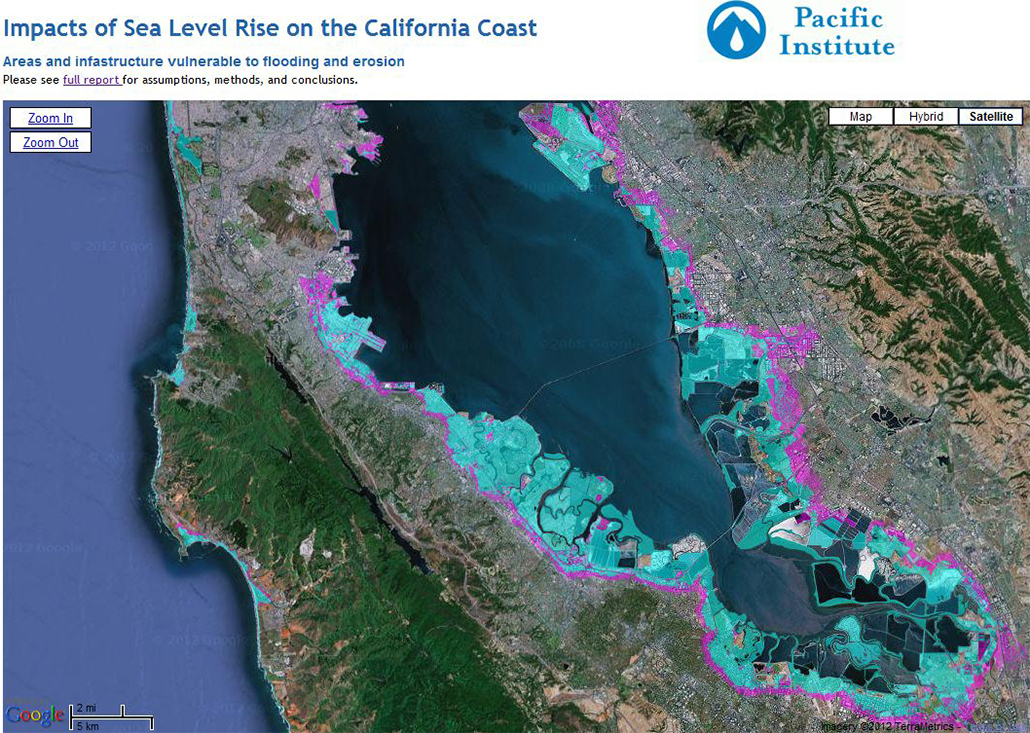Energy Pathways for the California Economy
Place: California • Date: 2008 • Partner: Next10 Foundation
Project Summary
Over the last four years, California has taken unprecedented initiative to cap and reduce greenhouse gas emissions. Governor Arnold Schwarzenegger signed Executive Order #S-3-05 (Schwarzenegger 2005), calling for a 30 percent reduction below business-as-usual of greenhouse gas emissions by 2020 and a long term, lower carbon future with emissions 80 percent below 1990 levels by 2050. In September 2006, the California legislature passed and Governor Schwarzenegger signed into law the Global Warming Solutions Act (AB 32), which mandates a first-in-the-nation limit on emissions that cause global warming. To promote implementation of its path breaking climate strategy, in December 2008, the California Air Resources Board (CARB) adopted the “AB 32 Climate Change Scoping Plan” – a policy roadmap to meet the emissions reduction target of 169 Million Metric Tons of Carbon (MMTCO2) equivalent by 2020 to stabilize at 427 MMTCO2 overall.
Now, as the state moves to implement its landmark plan, the world is in the grips of a global financial crisis, and Californians face an unprecedented multibillion- dollar state budget deficit. The short- and long-term implications of this state fiscal situation are daunting – some predict a dramatic exodus of businesses, loss of jobs and erosion of academic prowess.
Within this context, Energy Pathways for the California Economy evaluates the state’s energy demand and supply horizons, and the economic impact of accelerating deployment of renewable energy resources and energy efficiency trends in California.
Top Findings
- From electricity to transportation, projecting status quo demand and supply horizons portends ever greater reliance on out-of-state fuel sources, and therefore greater exposure to fuel price volatility.
- Five alternative forecasting scenario shows that the faster and farther California can improve household and enterprise energy efficiency, while accelerating deployment of renewable energy resources, the faster the state economy will grow and create jobs. The most ambitious scenario (50 percent renewable energy; 1.5 percent annual efficiency increases) produces the largest number of additional jobs and income — generating half a million new FTE jobs with over $100 billion in cumulative payrolls over 40 years.
- Renewable energy generation is more job-intensive than the traditional carbon fuel supply chain, captures more benefits within the state economy, and reduces our vulnerability to uncertain global energy markets.
Most Recent Entries

California and China: Leadership for a Low Carbon Future

Roadmap on the Prospects for GMS National Scaling and GMS Regional Coordination of Agrifood Traceability Schemes









